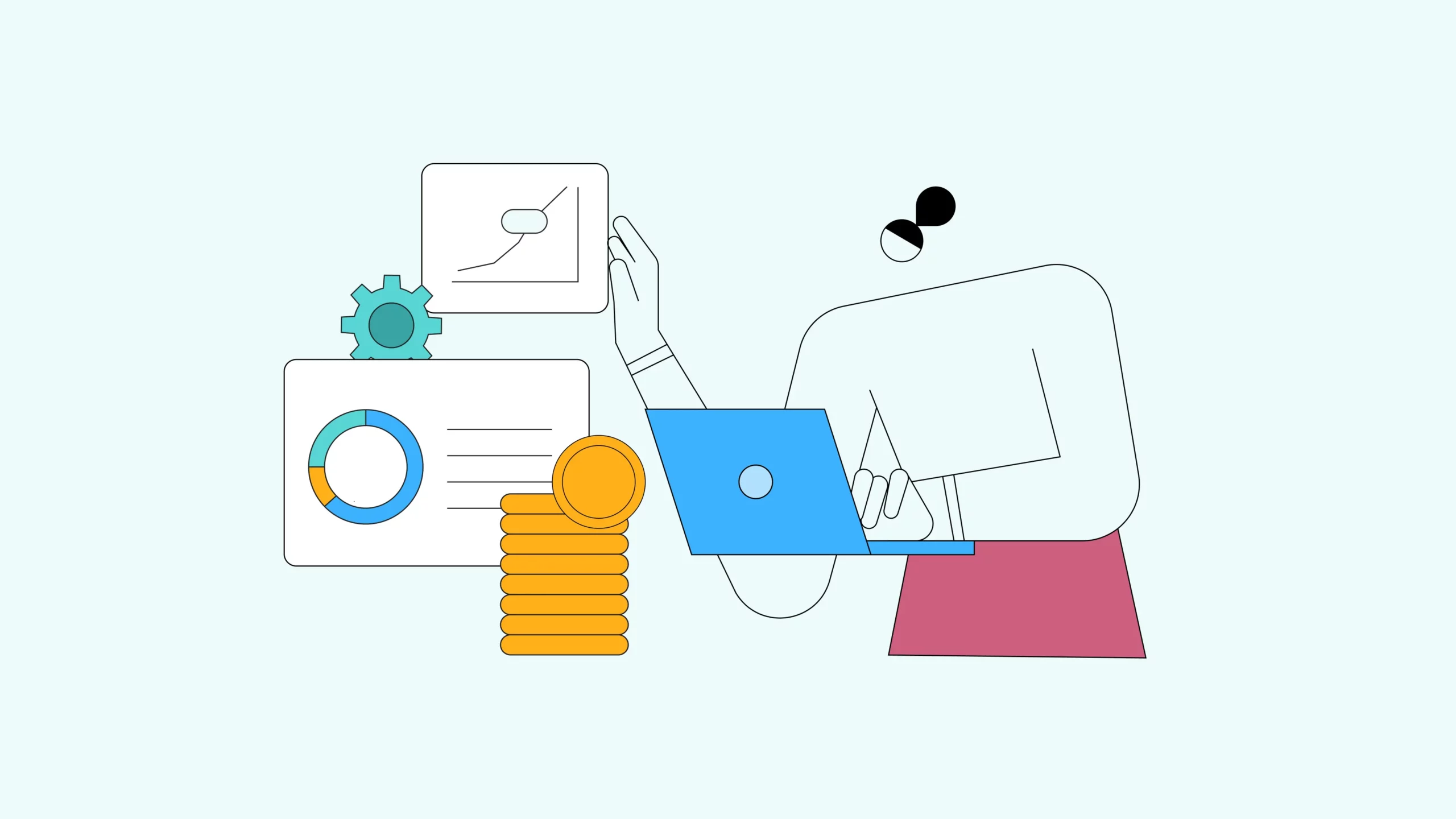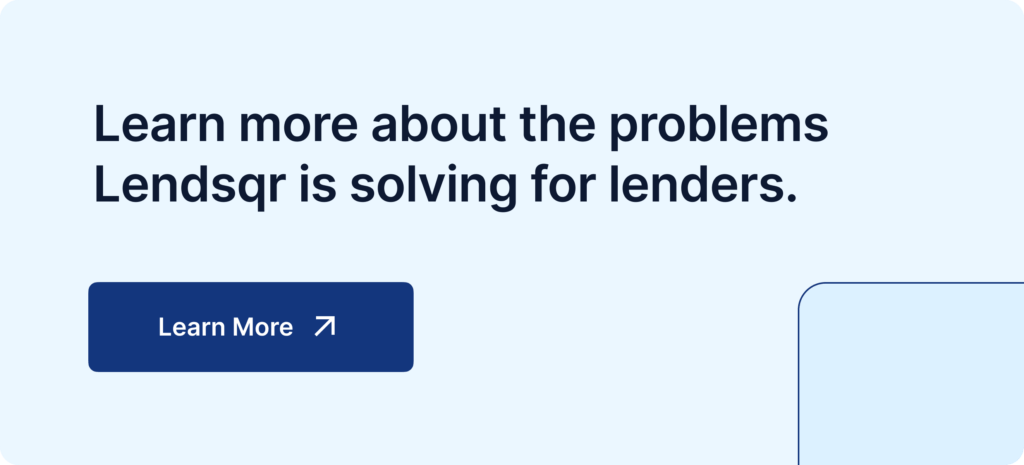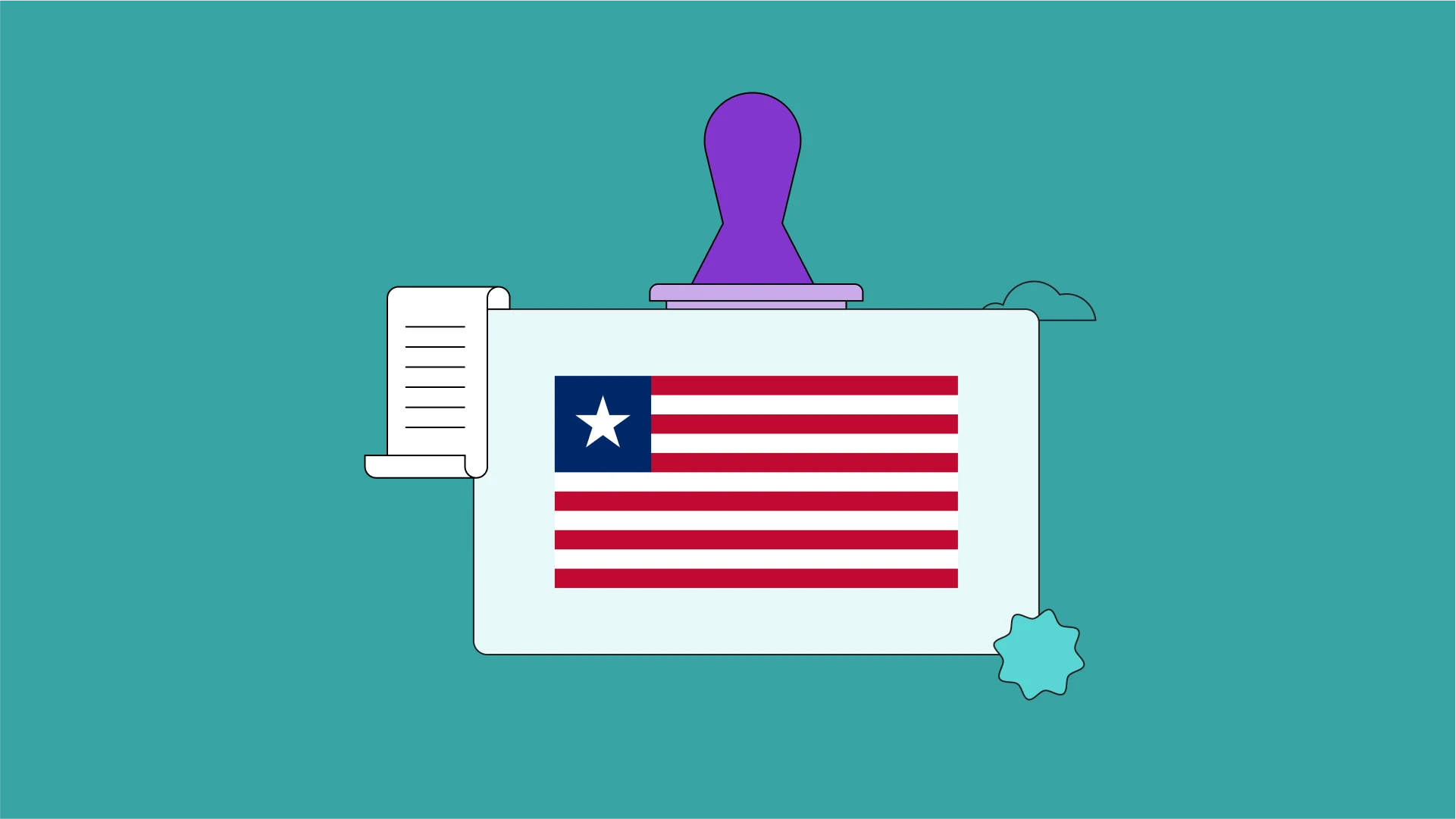How to get a lending license in Liberia
In Liberia, lending isn’t a free-for-all. The Central Bank of Liberia (CBL) regulates the financial sector and determines who can legally offer loans.
How AI Agents will empower lenders
Earlier this year, Lendsqr set out to test how well a generative AI could support its internal teams. Using OpenAI’s custom GPT, they created a Lendian GPT specifically for their Product Support team, and it worked like a charm.
5 benefits of tracking all your bank accounts in one app
Financial chaos is the enemy of peace of mind. When your money is scattered across multiple accounts, it’s harder to keep track of money flowing in and going out.





